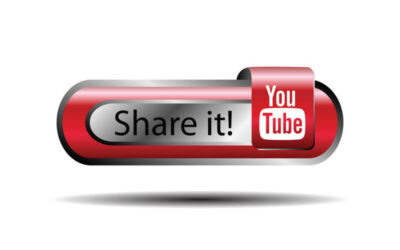One of the greatest quandaries for many brands is how to get information from consumers. How can companies connect and engage with consumers in order to find out how they feel about the brand and what would make them happy, satisfied, and more likely to exhibit repeat patronage and make trusted recommendations to their family and friends?
Getting people to fill out traditional surveys can be like pulling teeth. Even though modern technologies have added considerable convenience, allowing for delivery of surveys through email or social media and providing for easy click-through to online surveys, still it can be difficult to get apathetic participants to pull the trigger, so to speak. This makes getting feedback and insight a hit-or-miss proposition.
What if there was a way for hosts and event management companies to reach and engage an audience in the planning stages of an event in order to find out exactly what attendees want? This would give you the ability to deliver a superior experience and ensure overall satisfaction with every meeting, conference, or event you host.
As it turns out, there is an option available to you that you might not know about: crowdsourcing. If you’re at all familiar with companies like Kick-starter, you’re probably aware of crowdfunding, by which startups present an idea for a product to the public and allow them to vote on its relative bankability with their consumer dollars.
Crowdsourcing is similar, except the currency of note is information. What, exactly, is crowdsourcing and how can it be used by your corporation or event company to improve future events? Here’s what you need to know.
What is Crowdsourcing?
Put simply, crowdsourcing is a means of gathering information from the public. The word is a portmanteau of “crowd” and “outsourcing”. Modern communications technology, mainly the internet, makes it easy to reach a vast audience in order to solicit input for tasks. One incredible example of this principle at work is Wikipedia. This online compendium of knowledge has been created entirely by crowd input.
Crowdsourcing Benefits in Event Management
There are plenty of ways to use crowdsourcing to improve your event, and your event management company can almost certainly make suggestions that help you meet your goals. You might ask event attendees and prospective guests to suggest and/or vote on topics of discussion, activities, and speakers for your event. You could even open up a sort of contest for attendees to suggest panel discussions, with the opportunity for those with suggestions approved by the crowd to lead the panel, just for example.
Says Josie Rubio, Director of HR and Global Acquisition at AMI “Crowdsourcing is a great way to get audience suggestions, gauge interest in topics and speakers, and increase overall participation and engagement. It can even become a form of gamification. When attendees are involved in the process of planning the event, they’re more invested in the outcome.”
Event Company Controls
You don’t want to find yourself in a situation where the inmates are running the asylum. When you introduce the concept of crowdsourcing, you should do so with the understanding that participants might come up with ideas you haven’t anticipated, and they may not be appropriate, relevant, or ultimately useful for your meeting or event.
Back in 2012, Bratislava thought it would be fun to crowdsource the name of a new pedestrian and cycling bridge, allowing the public to create and upvote names. Unfortunately, someone jokingly submitted the name “Chuck Norris”, which garnered over 12,000 votes during the 2-month polling period and won. The city ultimately chose a more suitable name (the Freedom Cycling-Bridge), but this example aptly demonstrates the potential pitfalls of crowdsourcing minus controls.
If you want to open the floor to suggestions and let participants vote, make sure you and your event company reserve the right to eliminate inappropriate or irrelevant suggestions, and ultimately, to choose the suggestions that best suit the meeting or event you’re planning. Your goal is to provide value to event attendees, and while crowdsourcing can certainly help to deliver new ideas and encourage engagement, you still have to keep a steady hand on the reins.
Let’s go back to the example of Wikipedia. Although anyone can enter information, it is open to review by moderators and the community, and when information is uncited and unconfirmed, it is noted so that readers understand it may not be accurate. Implementing the right parameters can ensure that you and your event company maintain control of your event.
When you partner with a reputable and experienced event management company like American Meetings, Inc. (AMI), you have the best opportunity to explore the strategies, technologies, and logistics that are going to elevate every meeting and event.



